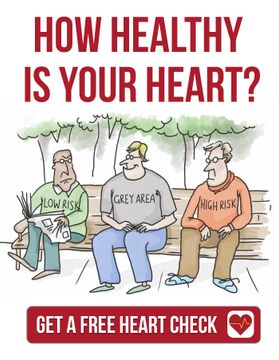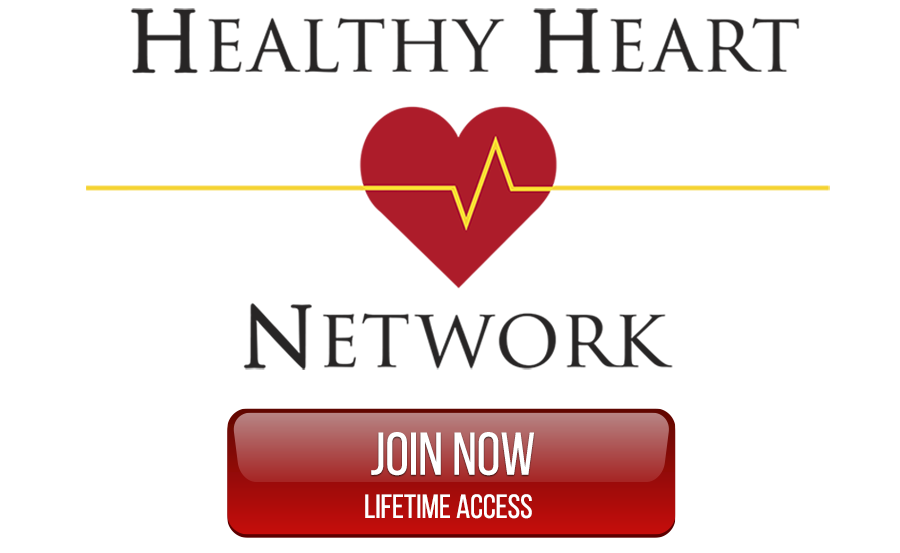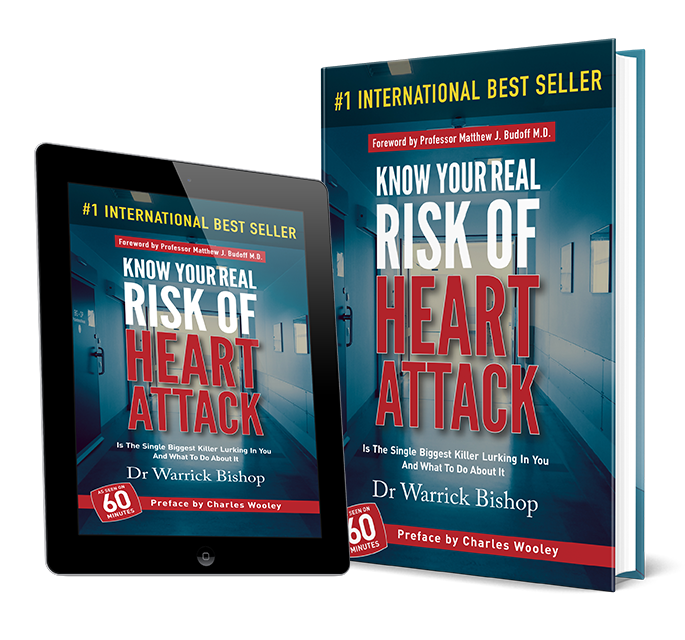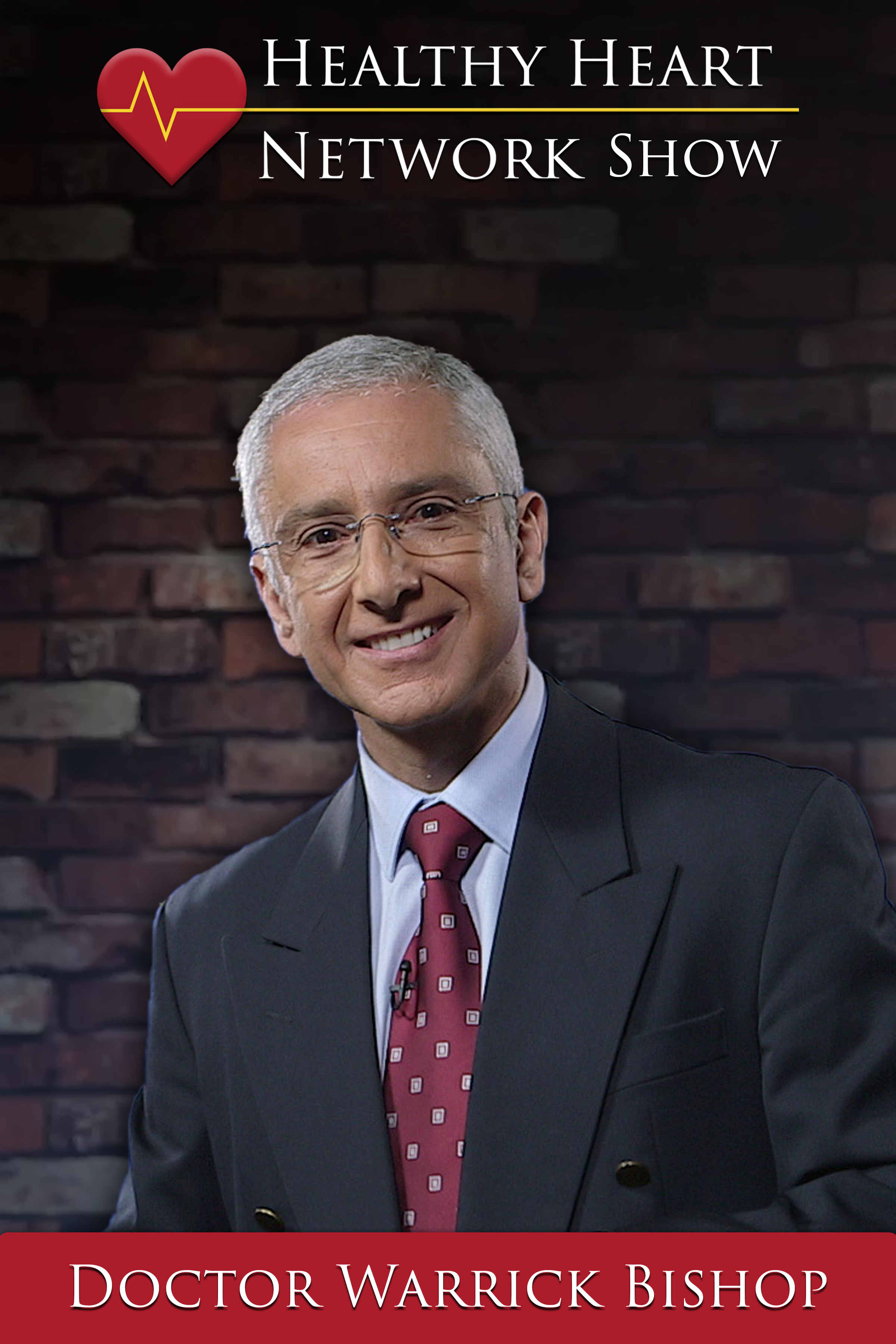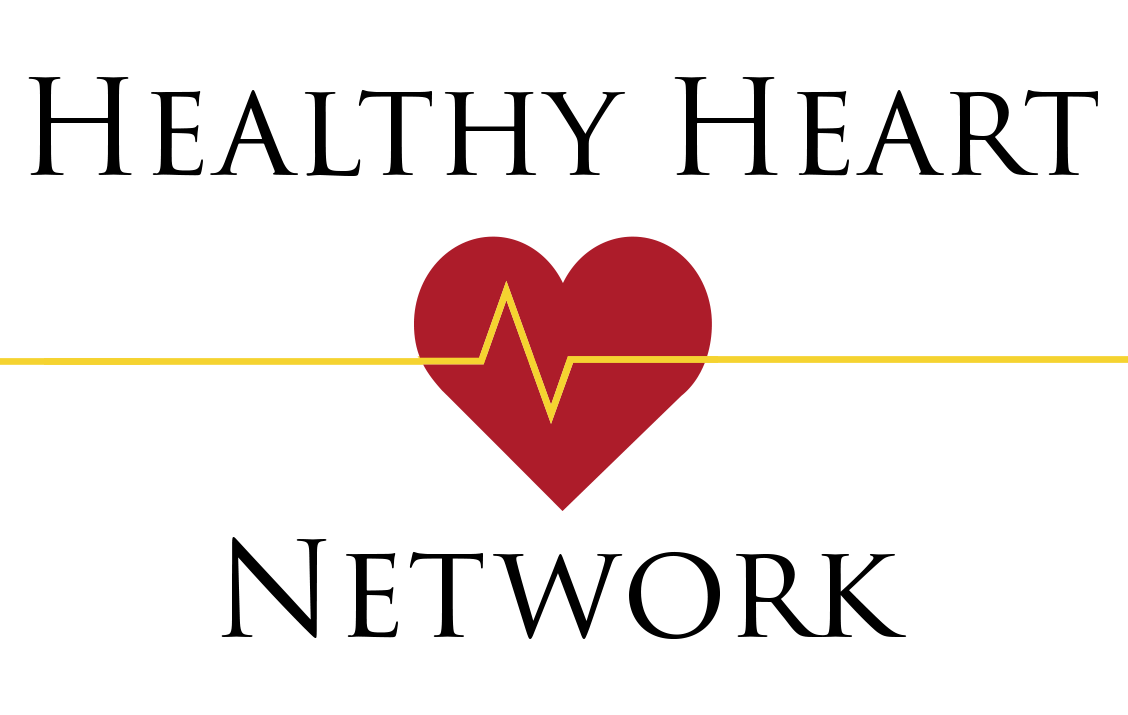JOIN OUR HEALTHY HEART MEMBERSHIP HERE: https://healthyheartnetwork.com/page/starter
Welcome to Doctor Warrick's Podcast Channel. Warrick is a practicing cardiologist an author with a passion for improving care by helping patients understand their heart health through education. Warrick believes educated patients get the best health care. Discover and understand the latest approaches and technology in heart care and how this might apply to you or someone you love. Hi, my name is Doctor Warrick Bishop and I'd like to welcome you to my consulting room. Today I would like to speak with you about Clotting and thrombus formation, including the coagulation cascade and platelets. Well, that all sounds pretty confusing and I have to say as a medical student, I found it really difficult to understand. The concept, however, is really simple. The body needs to protect itself if there's a break in the circulation. So if you get cut or scratched, the body has to have mechanisms to stop you bleeding from their cut or scratch because if you bleed and don't stop, you'll bleed to death. So it makes perfect sense. We have systems in place to form clots to stop bleeding. The concepts behind the coagulation cascade are pretty straightforward except when I was a medical student I just didn't understand it because they were presented in a way that I found fairly complicated. In simplest terms, we deal with two major components that give rise to the formation of a clot. One of those components are the small particles that come from the bone marrow. These are called platelets. They don't have any colour. But they are part of what forms a clot. The other thing that forms a clot, in conjunction with platelets, is a strong protein, cross bridging strand protein called fibrin. It forms a meshwork and that meshwork with platelets, forms the clot. When there is damage to the blood vessels, the contents of the blood vessels become aware of that because proteins and markers that are not normally exposed to the circulation become exposed to the circulation. With this, platelets come in contact with receptors that normally they wouldn't be able to. Those receptors activate the platelets and lead to the platelets undergoing changes in preparation for forming a clot. At the same time, so that fibrin is formed to work with those platelets, a cascade of different factors is started off to produce fibrin. That cascade of different factors is called the coagulation cascade. So the thrombus formation is occurring through activation of platelets, which then results in platelets interacting with fibrin but the fibrin needs to be generated through what's called the coagulation cascade. I'm going to tell you a bit more about the calculation cascade now. The concept behind it is simple. A few proteins get activated, which lead to each of those proteins activating a few more proteins of their own and then more and more and it replicates a little bit like a domino effect. This makes perfect sense because it's a rapid amplification system. It means that by the time it's replicated through several different factors there's quite a lot of fibrin or end product left for formation or formed for the generation of a thrombus. When we learned this at university; at school, one of the things that was difficult in understanding that simple step-by-step process is that each of the factors had different names, and each of them had different numbers and instead of the very first factor that was activated being number one which would make sense, fibrin the last factor is actually labelled number one. So we start out here at factor 7 or 12 or something and then we don't even go numerically to get to factor 1. Some of the factors are missing, so factor 6 is not there. So they're not in order. They're not all there. It ends where it should begin and each of them have names and some of those names are for the active form and some are for the inactive form. I guess I'm sad and confused already but it is a simple idea and that is that the activation of the pathway occurs when contents outside the blood vessel or factors outside that blood vessel trigger one of the calculation factors within the bloodstream. That, once it's activated, triggers an inactive next stage to the active stage, and that stage then triggers the next stage and so on until we get to fibrin, which is what forms a clot with platelets. The reason why it's important to understand a little bit about the calculation and clot-forming pathway is that it helps us understand where our medications work. Platelets, for example, we use agents like aspirin and clopidogrel to dampen down some of the receptors to recognize proteins that can trigger them. For the coagulation cascade, we use warfarin. We use heparin and we use some of the new oral anticoagulants or novel or oral anticoagulants. And these act at different locations. Essentially, to decrease the production of the product - Fibrin - to reduce clot formation. So, a little bit complicated. It is important to have some understanding of it. I will cover it in a little bit more detail later on, but I just want you to get a very simple overarching understanding of it. Damage to the blood vessel, activation of platelets and coagulation cascade with activated platelets eventually interacting with the end product of the coagulation cascade which is fibrin. Fibrin and platelets together forming a clot. That blocks off or seals the blood vessel which makes perfect sense. I'm going to mention a couple last things and then leave it at that. So that the whole body doesn't end up as one big clot the coagulation cascade continuing and continuing. There are also factors that are generated that limit the progression of a clot. These are called the fibrinolytic system. Don't need to remember that name but they basically stop the clot going too far. So, as it's forming a clot, it's also forming factors that prevent the clot extending too far. This is really important, so we don't just clot up altogether. The other thing that I'm going to mention is that clotting makes perfect sense if we cut ourselves but the situation that we are concerned about in medicine, more often than not, in situations like atrial fibrillation and heart attack are the formation of clots. In situations where we don't want them to form because they can cause a problem either a heart attack or stroke to the brain. So, I hope that gives you a little bit of insight into the coagulation pathway into clotting or thrombus. You see it has two names as well. And I hope it gives you some understanding as to the normal function and why we're interested in the normal function going wrong in disease. I wish you the very best. Thank you for joining me and goodbye. You have been listening to another podcast from Dr. Warrick. Visit his website at www.drwarrickbishop.com for the latest news on heart disease. If you love this podcast feel free to leave us a review.
Check out my book at http://drwarrickbishop.com/books/




